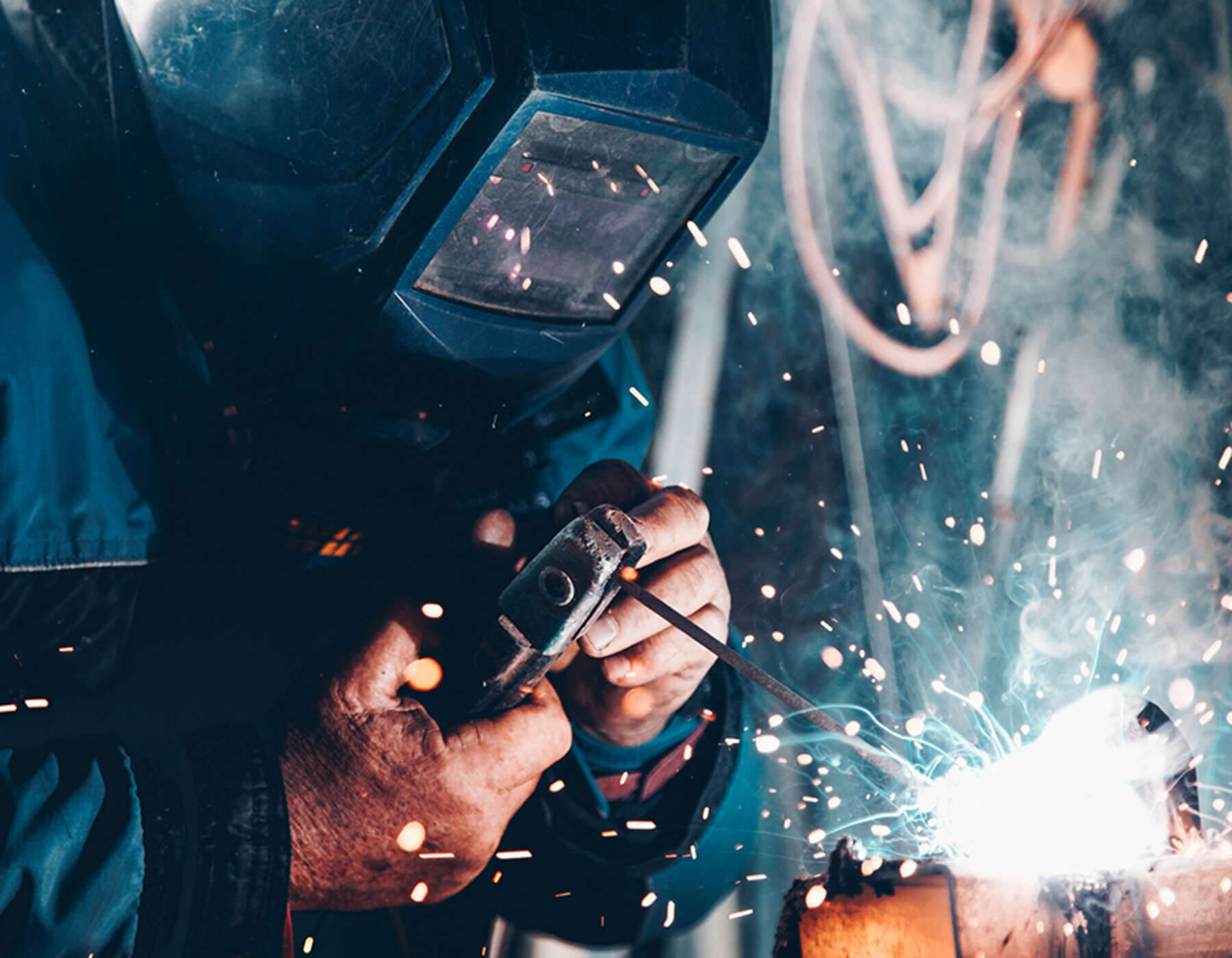
MIG welding is a process of welding sheet metal with great efficiency and high precision.
Today, there are many forms and different techniques to carry out the procedure of welding, and the process your metal fabricator opts for will be the one that is most suitable for the metal used, the final product, and even the shape and density of the sheet metal in question.
Due to the varying factors affecting the quality and outcome of the weld, it’s important to work with professional fabricators who have experience and knowledge of welding joints.
Visit our services pages online to learn more about our sheet metal services, including professional, high-quality welding.
In this post, we explore MIG welding in more detail and the benefits that this process can provide.
What is MIG welding used for?
MIG welding is a semi-automatic process that is often the preferred welding process in the automotive, aerospace, and construction sectors due to its simplicity and reliability.
It also allows those in the field to mass fabricate a welded component, making it ideal for car part production lines.
A popular technique offering speed, consistency, and quality, MIG welding is the process of joining two metals together using a consumable wire electrode.
If you’re interested in finding out more about our welding processes, check out our post on “waterjet cutting” to find out the advantages and drawbacks of this process for your next project.
Process of MIG welding
MIG welding explained:
MIG welding uses heat and a continuous solid wire electrode, where the wire is both the heat source for melting the material and the filler metal for the weld joint.
You will find a welding pod from the welding gun that the wire electrode is fed into; the professional welder will then move the gun/welding torch along the join line, using the system to melt the metal components together to form a joint.
It is advisable to only weld short sections at a time to achieve the best results.
A shielding gas is also apparent and used to protect the weld pod from airborne contaminants.
Shielding gas can include stable gases such as argan, helium, nitrogen, and, in some instances, a mixture of all three.
Note: It is not recommended that you use 100% argan unless you’re welding aluminium. For steel, it is recommended that you use at least 5% CO2 to help stabilise the metal.
Due to this technique’s versatility, it can weld a range of materials and densities.
Materials that MIG welding is suitable for include:
- Aluminium
- Magnesium
- Copper
- Titanium
- Other non-ferrous metals and alloys.
Before any welding takes place, it’s important that you clean all of the metal and, in particular, the welding joint ready for use. Removing any rust or impurities using a metal brush ensures a clean welding joint.
Appropriate safety equipment should also be used and worn at all times.
Benefits of MIG welding
Speed – MIG welding is a great choice when efficiency is key to your production line. A much faster process than stick welding and even TIG welding, MIG is excellent if you need rapid production.
Cost-effective – due to the high quality and speed, you can reduce costs as there is no need for additional finishing, and you can mass-produce on scale using this technique.
High quality – MIG welding provides solid, clean welds with minimal spatter, making it a suitable process for industrial environments. It is also used extensively on sheet metal.
It can be automated – helping to support efficiencies in the workplace. This element of a manufacturing line can be automated with a high level of accuracy.
Simple to operate – this process is fairly straightforward for professional welders, which helps increase speed while keeping quality standards high. It is also one of the simplest techniques to learn.
Adaptable – the process of MIG welding is suitable for various materials and grades of thickness/density, as you’re able to adjust several areas such as voltage, wire speed, and technique to suit the requirements of the weld.
Clean – a clean weld can be achieved using this technique that sees minimal slag and spatter.
For all the advantages mentioned above, it is also beneficial to understand some of the drawbacks that MIG welding can have, for example:
- Equipment and initial setup costs can be expensive.
- The weld quality is reduced on vertical and overhead joints, and these will need expertise in this area.
- You also require a good line of sight to achieve an efficient and high-quality join.
- This type of welding process is not suitable for outdoor welding.
Sheet metal fabrication near me
MIG welding provides the best results on thin metal as there is not a lot of penetration required on thinner materials.
For the best results, always work with a professional welder.
If you’re looking for a team of professionals who can provide you with a complete fabrication service offer, look no further.
Supporting you with all of your welding needs, call us today at 0191 816 2718 or email your project requirements to info@morfabrication.com.
